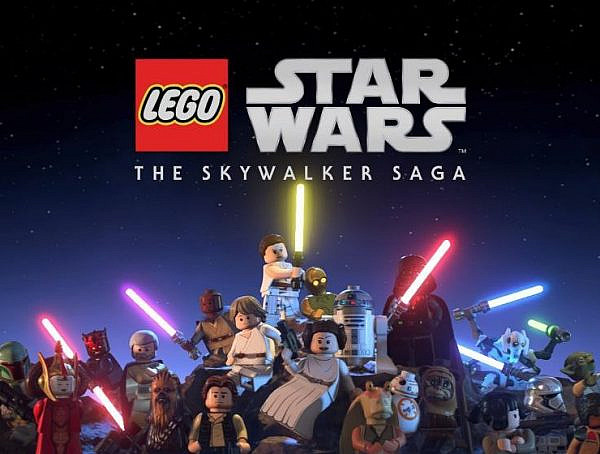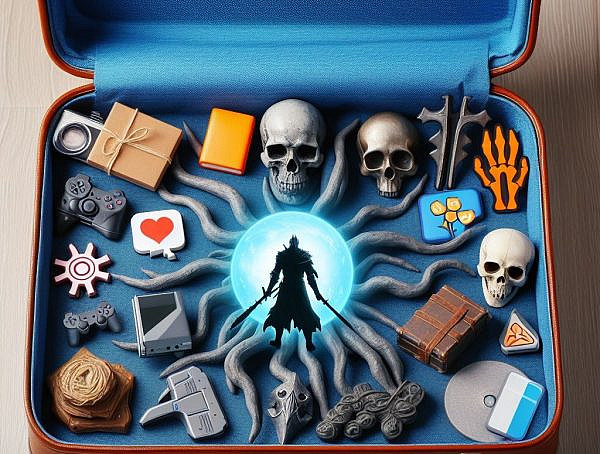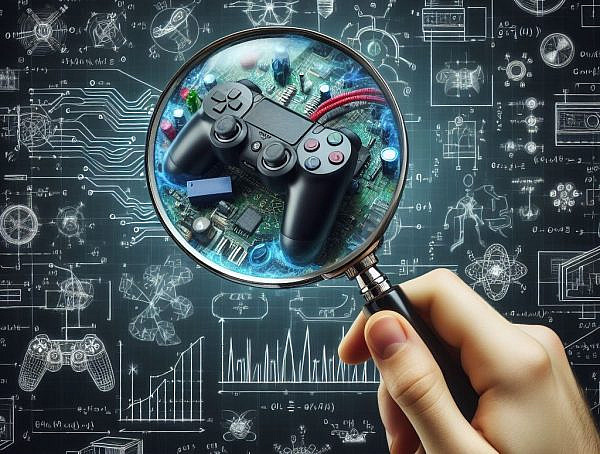How can you tell if an NPC is a guard, a shopkeeper, or just cannon fodder based on how they look? #affordance
Author: Henrik Warpefelt, Department of Computer and Systems Sciences, Stockholm University
Published in: Proceedings of the 2015 DiGRA International Conference, Vol.12 May 2015.
Link: http://www.digra.org/digital-library/publications/cues-and-insinuations-indicating-affordances-of-non-player-character-using-visual-indicators/
Non-player characters (or NPCs for short) are one of the most basic tools in a game designer’s toolbelt: They are used to help populate a world, make it seem more alive, give context to the surroundings and give the player something to do. They can be allies, foes, or just extras. NPCs are especially important in the open-world sandbox genre. These games, which consist of large worlds to explore at one’s own pace, are some of the most popular and profitable games today. But how do players distinguish friend from foe? How can a player tell a shopkeeper from an armed guard, or a quest-giving ally from a man shouting on the street?
The answer is visual language, combined with our own pre-conceived notions of what people in certain professions look and behave like. To find that answer, the organizers hosted a survey where test subjects would be shown images of 28 NPCs from four open-world games (Assassin’s Creed: Unity, Watch_Dogs, inFamous: Second Son, and World of Warcraft: Warlords of Draenor), and asked them to identify the roles they occupy in the game world. These roles were split into eight categories defined by Richard Bartle in his book Designing Virtual Worlds: Shopkeepers, service providers, guards, quest givers, cannon fodder, lore providers, helping characters, and set dressing.
The survey takers found that the NPC’s body language, outfit and surroundings informed them of their function: If a person is standing behind a counter with a white jacket and spectacles, one would assume they’re a doctor or pharmacist. Meanwhile, if someone carries a weapon, has an intimidating stance and is standing in front of something important-looking, you’d assume they’re a guard instead. Masks and uniforms were found to be a telltale sign of a combatative NPC, since they dehumanize the foe into cannon fodder, especially if they’re lumped together in large groups.
UI elements, though most often excluded from the test, were still found to have an impact on how the subjects perceived NPCs: For example, a character appearing on the radar as a red dot would indicate that they are a hostile character, while button prompts inviting the player to “Press A To Shop” were a dead giveaway. When all else fails, these UI cues can be used to directly and bluntly inform an NPC of their function. However, this approach lacks the subtlety and world-building of the more naturalistic approach mentioned above.
Lastly, since most of the survey takers came from either Sweden or the United States, their answers to that survey were mostly informed by their general cultural biases as members of Western society. While generally homogeneous, some variation could still crop up: For example, subjects from the United States were less likely to see weapons as threatening than subjects from Sweden. This should help inform us of how our own cultural biases can affect our interpretations of interactive media.
(article illustration provided by Ubisoft)
You might also like
More from Game Research Highlights
“Historically and Geographically Incorrect” – Colonialism and Board Games
Board games with colonialist themes as the focus of online discussions
Forgotten in the Shadows: Exploring the Ambiguity of Unexceptional Consoles
A study about unexceptional consoles, forgotten in the shadows of the more popular platforms.
Play, confront, and reconstruct: a guidebook to game analysis
A fresh guidebook research to help you prepare for a game analysis.















